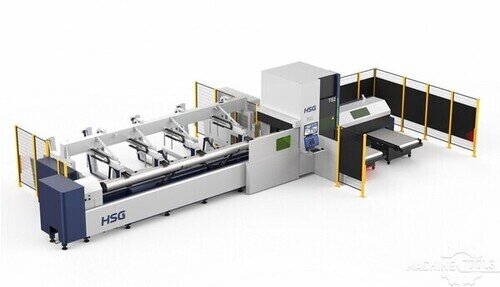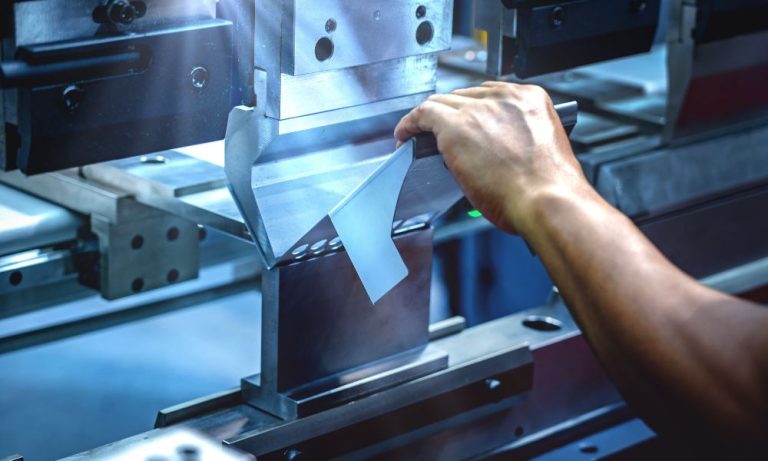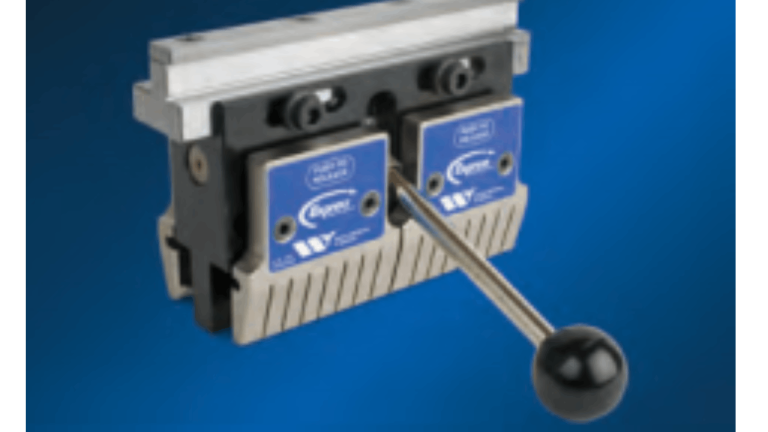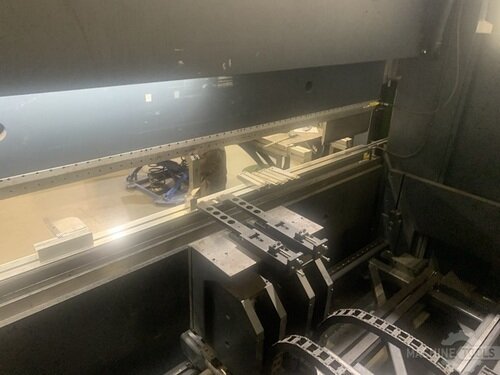When I visit fabrication shops across the Midwest, I see a familiar story: teams working hard to maximize output, but facing bottlenecks with older processes or underpowered machines. As a Regional Sales Executive at Mac-Tech, my role is to help these fabricators solve real-world challenges with equipment that genuinely fits their needs. Through many one-on-one consultations, I’ve seen how the right tube laser—especially in the 6000W range—can unlock new levels of productivity and profitability for mid-sized structural operations.
Understanding the Mid-Sized Fabricator’s Productivity Demands
Mid-sized structural fabricators operate in a unique space. They often handle a diverse mix of part sizes, materials, and batch quantities, all while needing to keep costs low and lead times short. Unlike high-volume mass producers or small custom shops, these businesses must balance flexibility with efficiency. Every minute spent on setup or secondary operations eats into their margins.
In this environment, equipment decisions matter more than ever. Choosing machinery that is both powerful and adaptable can mean the difference between landing the next big contract or losing out to a more agile competitor. That’s why understanding the true productivity demands of your operation is the first step toward smarter equipment upgrades.
How 6000W Tube Lasers Transform Throughput and Flexibility
The 6000W tube laser has emerged as the sweet spot for mid-sized shops. With enough wattage to cut through heavy wall tube and structural profiles, but not so much that it becomes cost-prohibitive, these lasers offer a powerful blend of speed and versatility. They can process a wide range of materials—mild steel, stainless, aluminum—at thicknesses commonly encountered in structural work.
What really sets 6000W systems apart is their ability to minimize cycle times without sacrificing cut quality. Faster piercing, higher travel speeds, and precise edge finishes reduce the need for secondary deburring or grinding. Plus, with advanced automation features like automatic loading and unloading, operators can manage more jobs with fewer manual interventions. This translates to higher throughput and greater flexibility to take on varied project scopes.
Real-World Cost Savings: Labor, Material, and Floor Space
Labor costs are a major concern for every fabricator. The automation built into modern 6000W tube lasers means that a single operator can run multiple machines or focus on higher-value tasks, such as programming and inspection. This reduces direct labor requirements and helps offset the challenges of staffing and training skilled workers.
Material savings are another significant benefit. The precision of fiber laser cutting means tighter nesting and less scrap, while integrated measurement and alignment systems ensure consistent part accuracy. Additionally, tube lasers consolidate several fabrication steps—cutting, coping, notching—into one process, freeing up valuable floor space previously dedicated to manual workstations or secondary operations. The end result is a more efficient workflow and a tangible reduction in overhead.
HSG TS2 HIGH SPEED TUBE FIBER LASER CUTTING MACHINE
R1 HIGH-SPEED TINY TUBE LASER CUTTING MACHINE
- Follow-up support for high precision
- Efficient multi-load loading
- Chuck jumping for short trailings
- Intelligent Bus operating System
Integrating Tube Lasers with Press Brakes and Tooling for Seamless Workflow
A 6000W tube laser is even more valuable when integrated with downstream equipment like press brakes. Automated part handoff, digital part tracking, and shared programming platforms create a seamless workflow from cutting to forming. This reduces the risk of errors, improves traceability, and speeds up changeovers between jobs.
Modern tooling systems for press brakes also complement the precision of laser-cut parts. When your cut edges and hole locations are consistently accurate, you can use more advanced bending and forming techniques with confidence. This synergy between laser, press brake, and tooling improves both part quality and production speed, helping mid-sized fabricators stay competitive.
Making ROI-Driven Equipment Choices: Lessons from the Shop Floor
Every investment in new machinery needs to deliver a clear return. From my experience consulting with fabricators, the most successful shops take a holistic approach: they analyze not just the upfront cost, but also the long-term savings in labor, material, and maintenance. They look for equipment that will grow with their business, offering enough power and flexibility to handle both today’s workload and tomorrow’s opportunities.
A 6000W tube laser often strikes the right balance. It handles the majority of structural fabrication needs without the energy demands and complexity of higher-wattage systems. With proper training and vendor support, the transition is smooth, and the payoff in efficiency and profitability is rapid. Ultimately, smart equipment choices—guided by real shop-floor experience—are what drive sustainable growth in this competitive market.
FAQ
What makes a 6000W tube laser more efficient than lower-powered models?
Higher wattage means faster cutting speeds, especially on thicker materials, which boosts overall throughput and reduces production time.
Will a 6000W tube laser work for both mild steel and stainless applications?
Yes, modern 6000W fiber lasers handle a wide range of materials, including mild steel, stainless, and aluminum, making them versatile for structural jobs.
How does automation in tube lasers reduce labor costs?
Automation features such as auto-loading and unloading allow one operator to manage more machines or focus on higher-value tasks, cutting direct labor needs.
Can I integrate a tube laser with my existing press brake workflow?
Absolutely. Many systems offer digital integration and shared programming, streamlining the transition from cutting to forming and reducing errors.
What is the typical ROI timeframe for a 6000W tube laser investment?
Most mid-sized fabricators see a return within 18–36 months, depending on job volume and efficiency gains.
Do I need specialized training to operate a 6000W tube laser?
Most vendors, including Mac-Tech, provide comprehensive training and support, ensuring your team can safely and efficiently run the equipment.
Get Weekly Mac-Tech News & Updates








